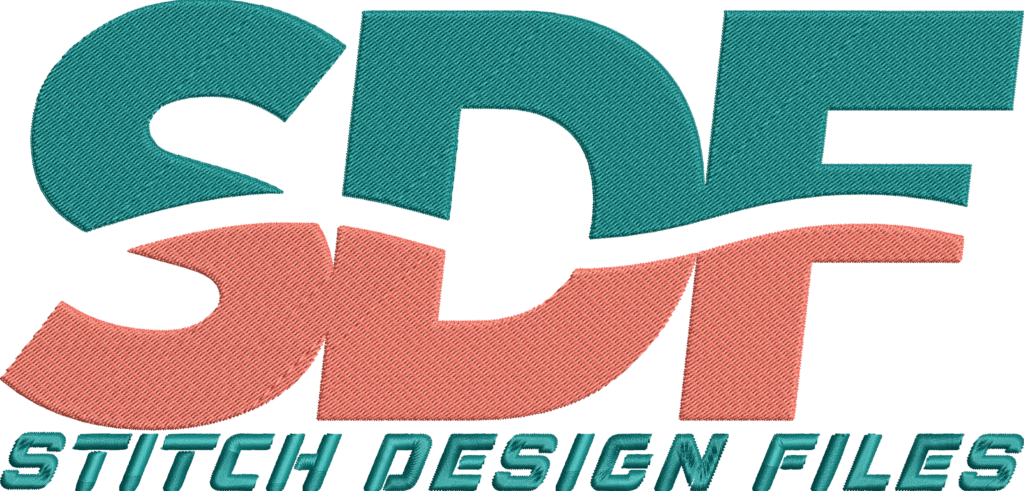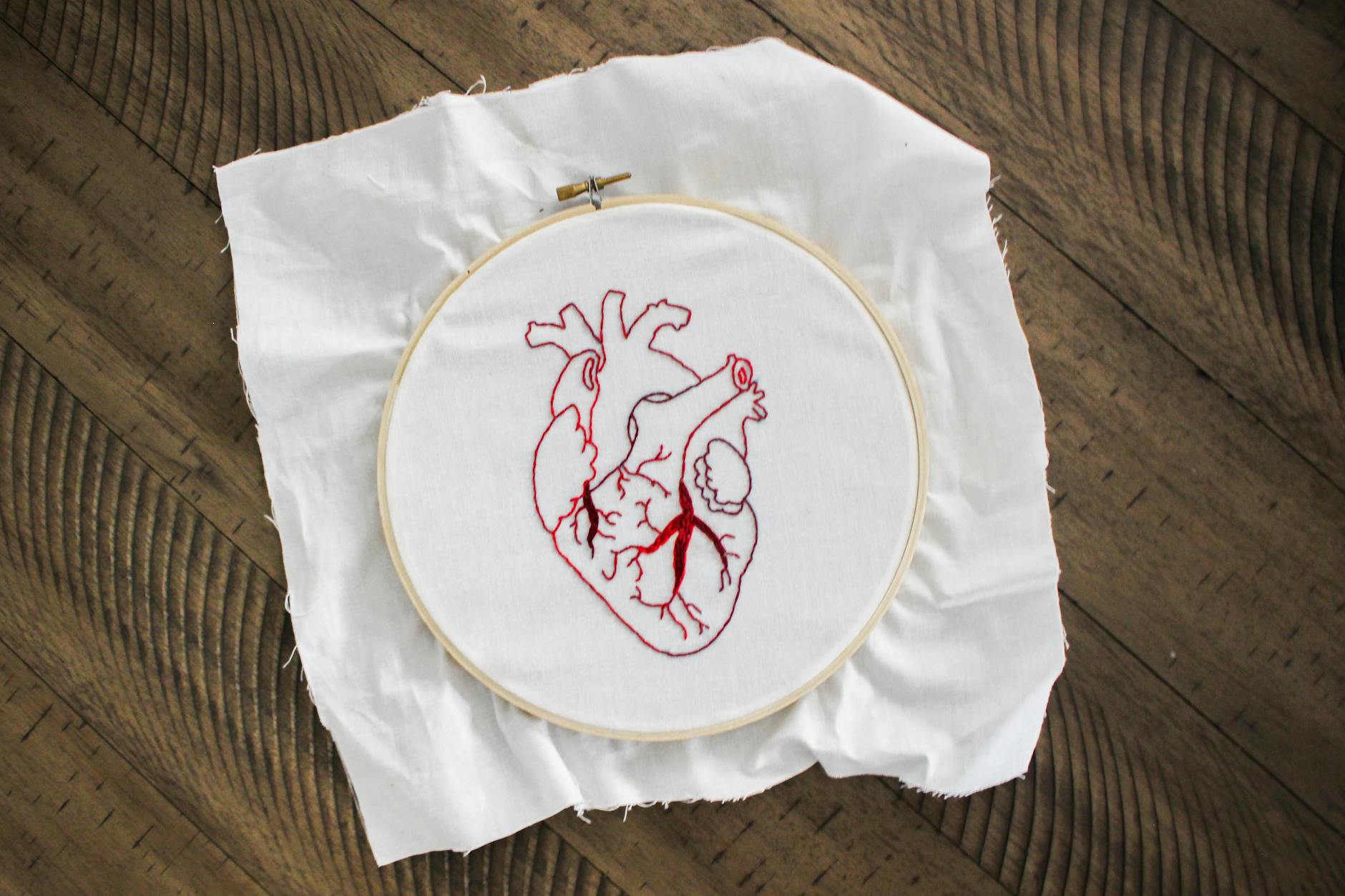No products in the cart.
Embroidery Tips & Guides
How to Use Machine Embroidery Heart Designs
How to Use Machine Embroidery Heart Designs
Machine embroidery heart designs offer versatile and creative opportunities to personalize fabric projects and create charming, heartfelt embellishments. Understanding how to effectively use these designs ensures successful stitching results and professional finishes across various craft and small business applications.
- Selecting and preparing appropriate heart embroidery designs.
- Technical considerations for embroidery file formats and machine compatibility.
- Best practices in fabric preparation, hooping, and thread selection.
- Step-by-step procedures to execute heart embroidery with precision.
- Insights into practical applications and benefits for hobbyists and small business owners.
Introduction to Using Machine Embroidery Heart Designs
Machine embroidery heart designs cater to a broad audience, including embroidery hobbyists, Cricut and Brother machine users, as well as small business entrepreneurs specializing in handmade embroidered goods. Employing these heart motifs helps create personalized gifts, seasonal decorations, or custom apparel that resonate emotionally with recipients. Mastery of machine embroidery heart designs not only elevates crafting satisfaction but also expands creative and commercial possibilities for artisans and small business crafters alike.
Definitions and Explanations
What Are Machine Embroidery Heart Designs?
Machine embroidery heart designs are digitally created patterns specifically made for embroidery machines to stitch heart-shaped motifs onto fabric. These designs are often available in various embroidery file formats compatible with different machines. They range from simple, single-color outlines to complex multi-layered patterns featuring lace-like details or combined floral and geometric elements.
Embroidery File Formats Explained
To use machine embroidery heart designs, compatibility between the digital design file and the embroidery machine is essential. Common embroidery file formats include PES, JEF, DST, HUS, and XXX. For example, Brother embroidery machines frequently use PES files for Brother models, which are widely supported and allow users to load designs directly via USB or built-in Wi-Fi connectivity. Understanding the correct file format ensures smooth transfer, accurate stitching, and design fidelity.
Practical Use Cases for Machine Embroidery Heart Designs
Machine embroidery heart designs have widespread applications in both personal and commercial projects. Hobbyists use them to embellish quilts, personalized clothing, home decor items like cushions and towels, or to create patch appliqués suitable for gifts or holiday decorations.
Small business crafters leverage these designs to produce custom embroidered products such as branded merchandise, wedding favors, baby apparel, or themed seasonal collections. The aesthetic versatility of heart designs—from simple outlines to intricate lacework—allows for customization that fits diverse consumer preferences.
For instance, sports fans might appreciate specialized designs like the 49ers Heart Logo Embroidery, which merges team spirit with the classic heart motif, perfect for fan apparel or accessories.
Benefits for Hobbyists and Small Business Crafters
- Personalization and Creativity: Heart embroidery designs allow users to add emotional and aesthetic value to fabric projects by integrating custom colors and combining motifs.
- Product Diversification: Small businesses can offer a wider product range by incorporating heart-themed embroidery products, appealing to gift seasons like Valentine’s Day or Mother’s Day.
- Ease of Use: With accessible digital files and modern embroidery machines, these designs simplify achieving professional results.
- Time Efficiency: Digital designs accelerate production processes compared to hand embroidery, benefiting business scaling.
Limitations and Challenges of Using Embroidery Heart Designs
Despite the advantages, users may face challenges such as ensuring compatible embroidery file formats align with their machine models. Not all machines support every file type, so confirming compatibility beforehand is essential.
Additionally, fabric choice impacts embroidery quality; thin or stretchy materials may require specific stabilizers to avoid puckering. Proper hooping technique is critical to maintain even tension, preventing design distortion during stitching.
Complex heart designs with dense stitching need attentive machine maintenance, including regular thread tension adjustment and needle replacement, to avoid thread breaks or machine jamming. Beginners might require a heart embroidery tutorial or a digital embroidery guide to become familiar with these technical aspects and achieve optimal results.
Step-by-Step Guide to Using Machine Embroidery Heart Designs
Step 1: Choose and Download Your Design
Begin by selecting appropriate heart embroidery designs tailored to the project. Sources include free patterns from sites such as Digitizing Made Easy for casual or beginner-friendly projects. For more intricate designs, options like crazy patch lace heart ornaments from companies like Designs By Juju provide a detailed aesthetic. Additionally, motif sets combining hearts and flowers enhance seasonal embroidery offerings.
Step 2: Prepare the Fabric
Next, stabilize the fabric using suitable interfacing or stabilizers to prevent stretching or puckering during sewing. Correct hooping is essential; the fabric must be taut and secure in the embroidery hoop to maintain stitch accuracy and design placement.
Step 3: Load and Adjust the Design
Transfer the chosen heart design to the embroidery machine via USB drive, direct Wi-Fi connection, or built-in machine software. Adjust the size and position on the screen to ensure the design fits the desired embroidery area. Ensure the design format is compatible with the machine (e.g., PES files for Brother machines).
Step 4: Thread and Embroider
Select thread colors that complement the fabric and project theme. Load the corresponding threads into the machine and verify settings such as stitch density and speed according to the fabric type. Begin the embroidery process, monitoring it periodically to handle any thread breaks or fabric issues promptly.
Step 5: Finish and Present
Upon completion, trim any excess stabilizer from the fabric backside and remove loose threads for a clean finish. For patch designs, applying a merrow edge or similar finishing technique enhances durability and professional appearance.
Summary and Call-to-Action
This comprehensive approach to using machine embroidery heart designs highlights the importance of choosing compatible digital files, preparing fabric properly, and following a structured embroidery process. Whether embellishing personal projects or expanding a small business product line, heart embroidery offers meaningful, visually appealing results. For machine embroidery enthusiasts seeking premium heart motifs, the 49ers Heart Logo Embroidery collection provides expertly digitized patterns suitable for various fabric and machine types.
Exploring high-quality machine embroidery heart designs enhances creative expression and technical proficiency in the embroidery craft, supporting both hobby and business ambitions with professional results.

